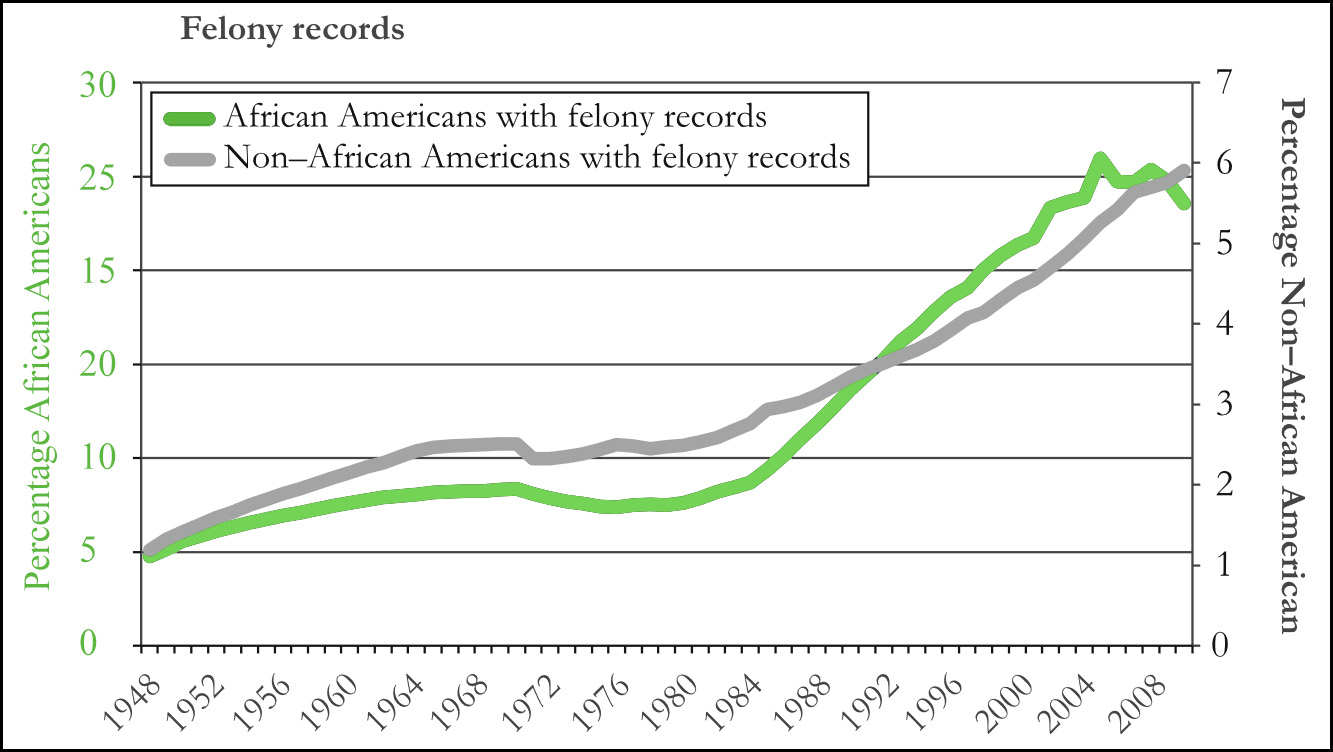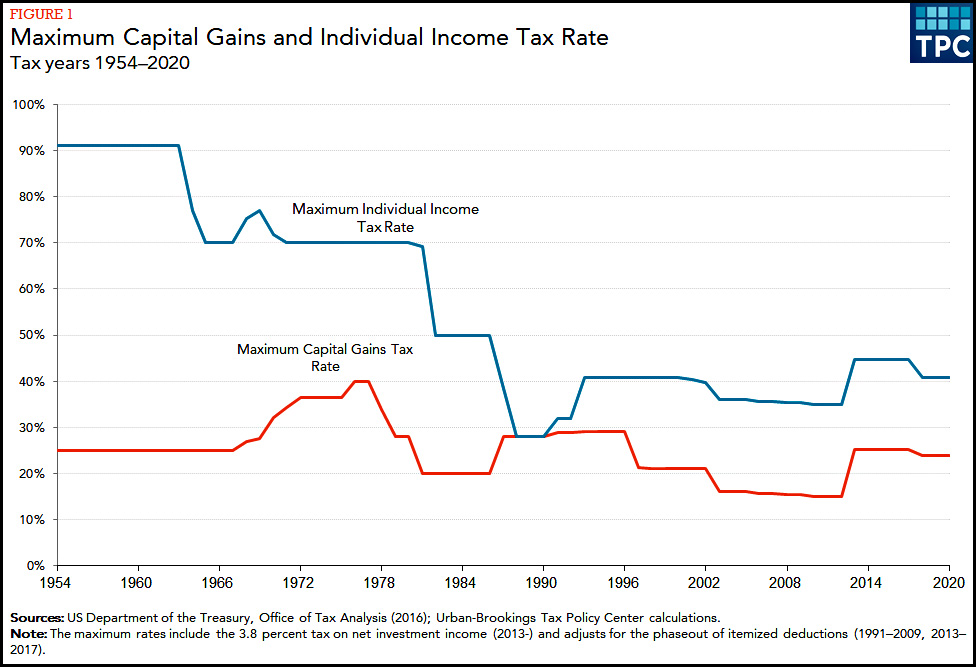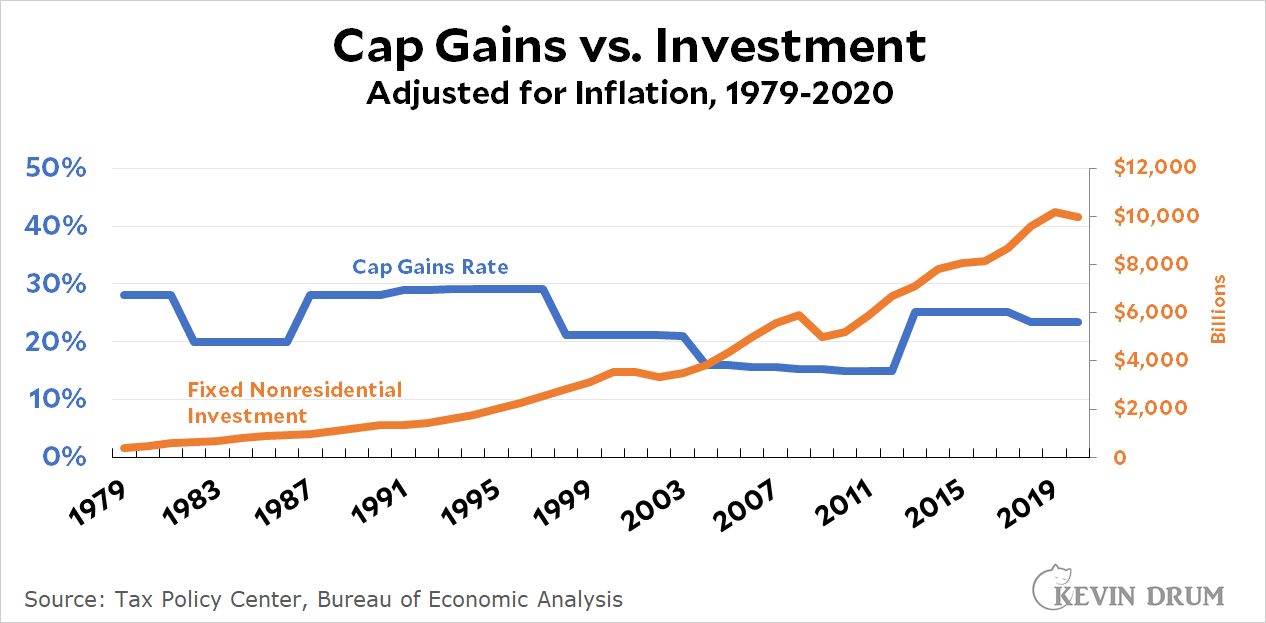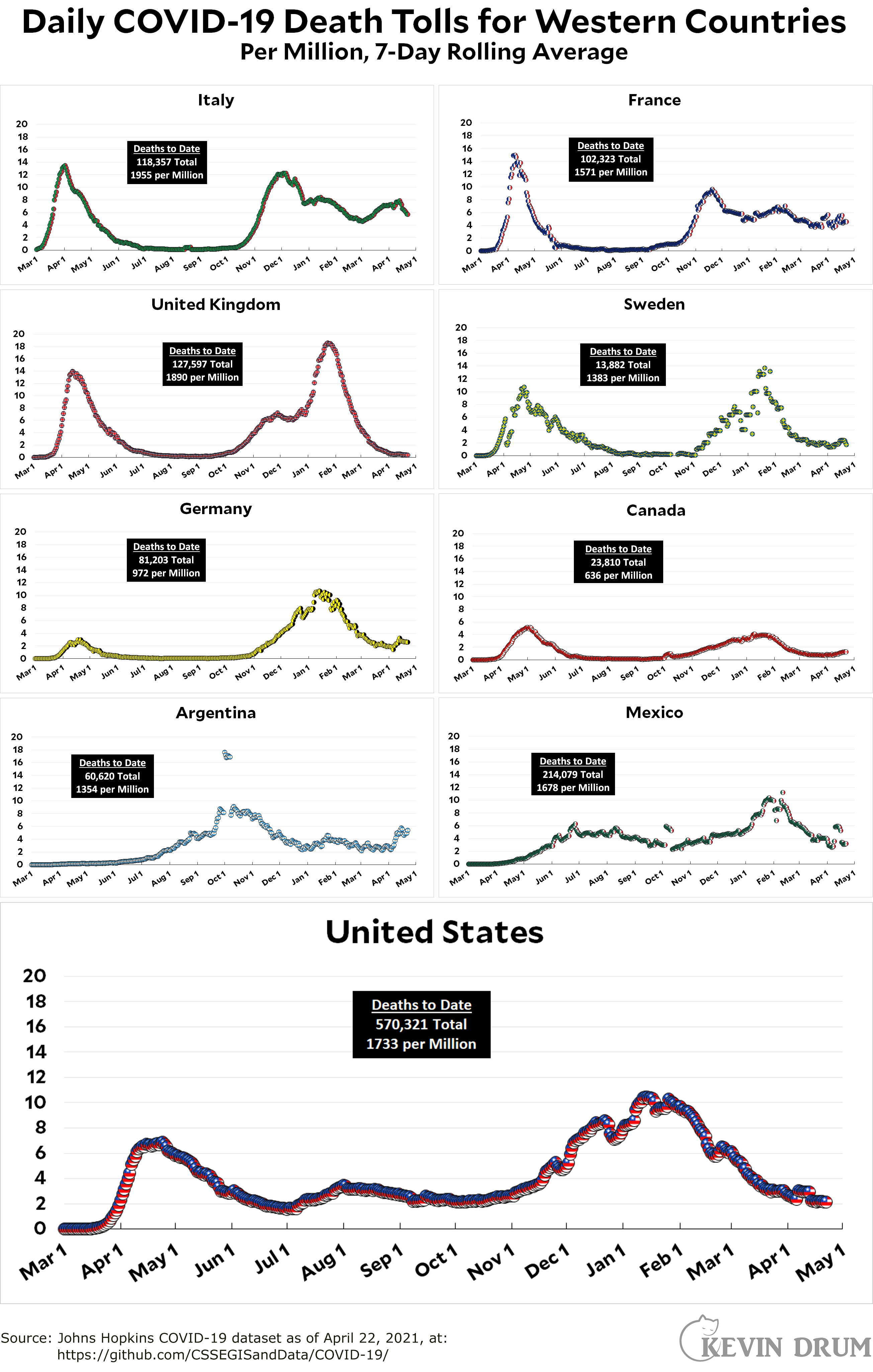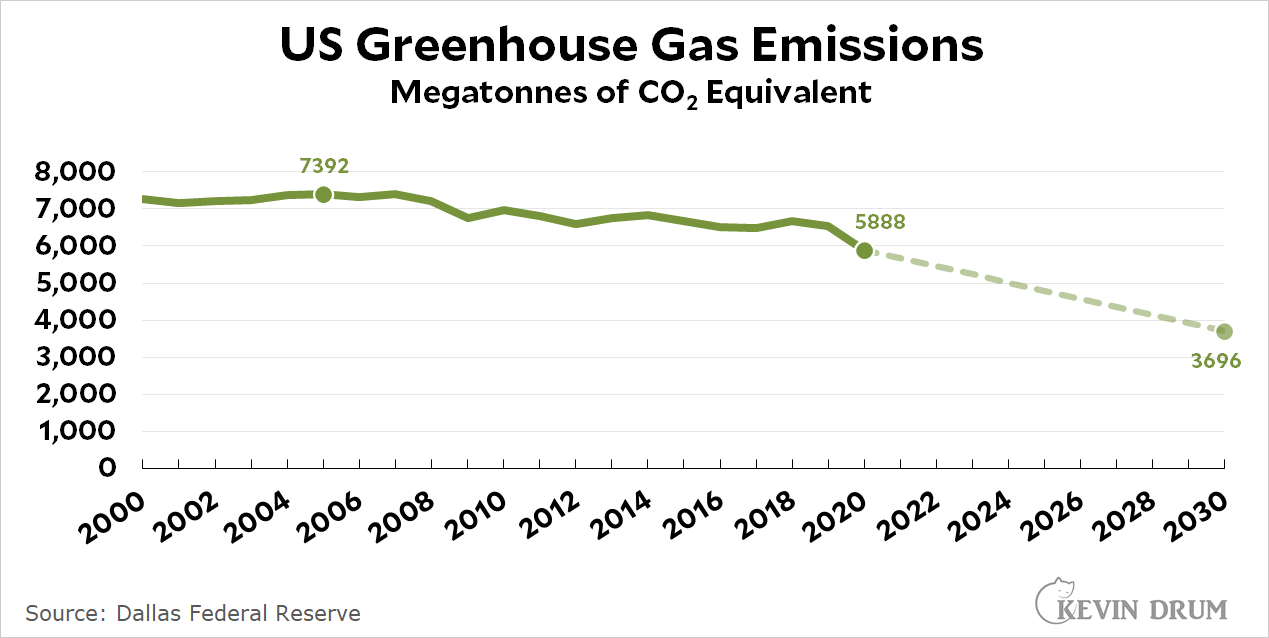A few years ago I wrote a piece for MoJo that concluded there was little danger associated with Democrats taking an aggressive approach to racial justice issues. However, the evidence on this topic was thin at the time, so I've continued to follow it ever since. Needless to say, it's become a far more pointed subject ever since the George Floyd murder and the subsequent summer of BLM protests in 2020.
Yesterday Jon Chait pointed to a new study that offers a warning: "Telling subjects that a proposal would reduce racial inequity makes them less likely to support it," he says. But that's not quite right, it turns out. Here's the chart:

The first thing I noticed was at the bottom: these effects are on a 7-point scale, which means a difference of 0.1 is fairly small. But what does that mean in language easily understood by us lay folks?
Luckily, the authors do something unprecedented and actually tell us straight out:
To contextualize this effect, we can convert the seven-point scale into a binary measure of policy support, where any degree of support is coded as 1 while any degree of opposition or undecidedness is coded as 0. On this binary measure, we find that the class frame increased policy support by a statistically significant 2.1 percentage points....On the other hand, neither the race nor the race-class frames have any detectable effects on policy support.
In other words, emphasizing racial equality has no effect, while emphasizing class (i.e., poverty and income inequality) raises support by about two percentage points.
I have long been a fan of emphasizing class over race, so I'm happy to see research that supports this view. However, this study supports it pretty weakly (that's the authors' word, not mine). Race, it turns out, does no harm, and class arguments make such a small difference that they're probably swamped by the specifics of the issue at hand and the wording of the message.
As it happens, I'm less convinced by my own argument now than I was when I wrote it in 2018. However, this is solely because the liberal/Democratic emphasis on racial justice has gone much further than I ever guessed it would. My read of the evidence at the time was that talking about racial justice would do no harm, so Democrats should go ahead and do it. But what's the effect when racial justice almost literally consumes the entire public discourse? I don't know, and I think we're now in uncharted waters. There's certainly an argument to be made that it hurt Democrats across the board in the 2020 election, turning what should have been an easy win into a nailbiter. And it sure gave Fox News plenty of fodder. On the other hand, there's not yet any firm research evidence to back up the notion that it hurt Democrats. So for now I'm on the fence.



